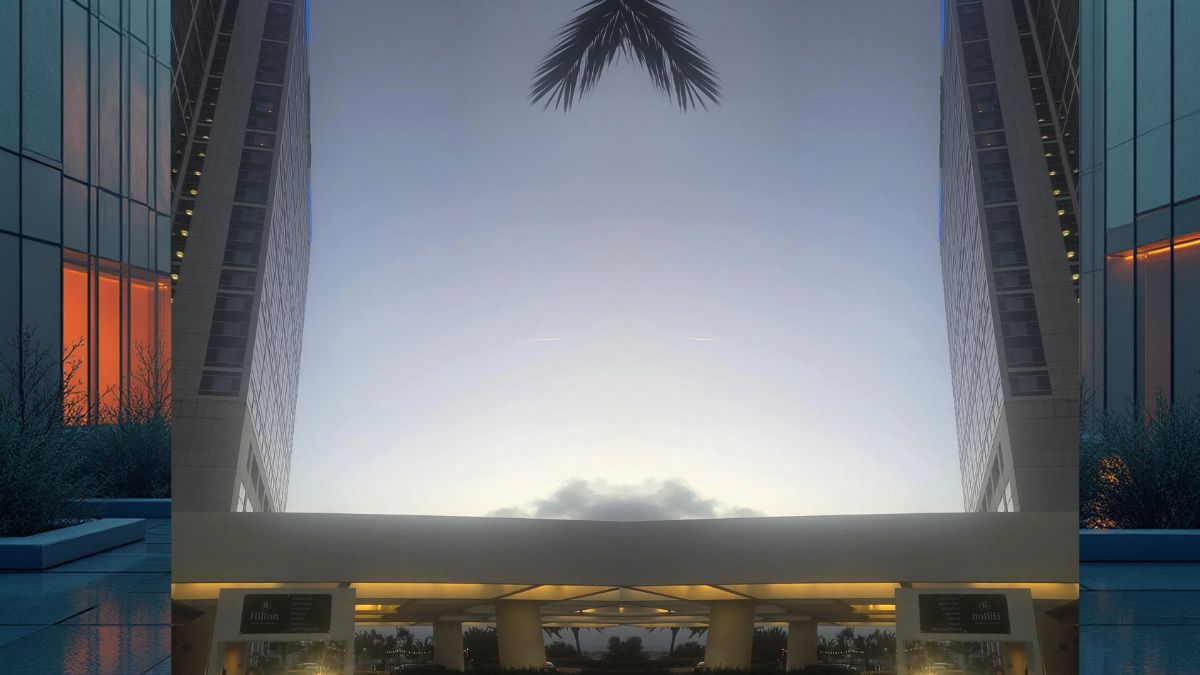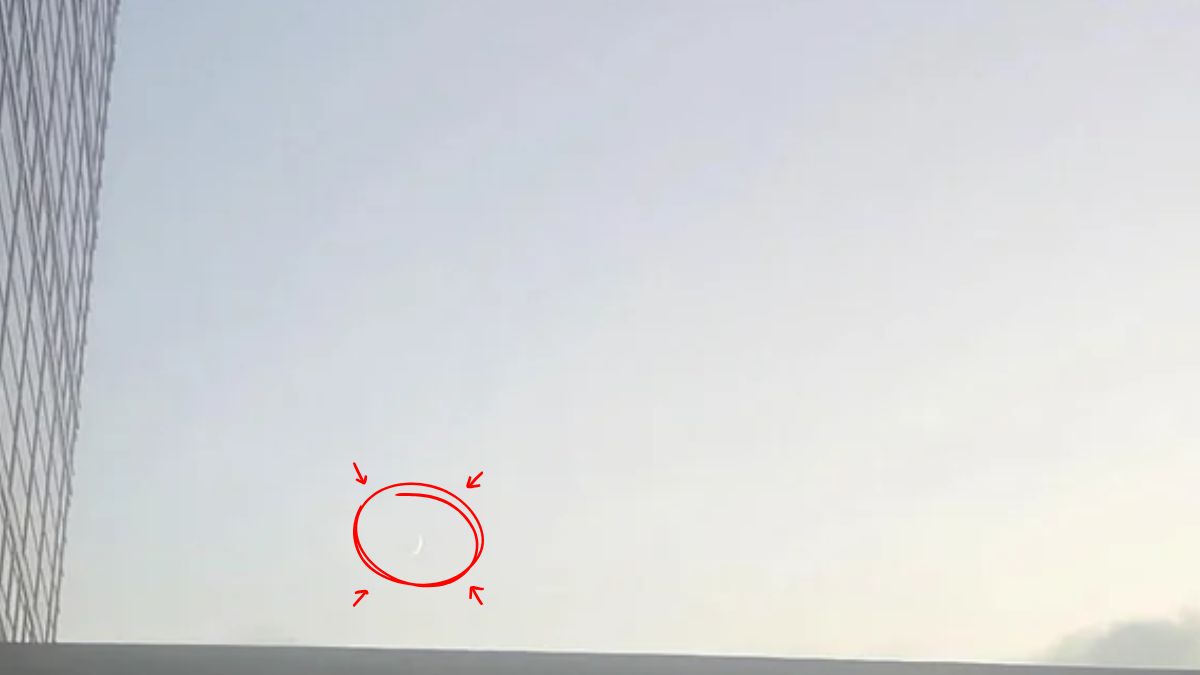An optical illusion is a visual phenomenon where our perception of thinking about an image differs from objective reality. This image is seen as a symmetrical optical illusion created by mirroring one half of a cityscape photograph..
These optical illusions occur due to the brain's attempt to interpret complex patterns, contrast, and spatial arrangements. Our visual system uses context clues, edge detection, and assumptions about lighting and depth, which can lead to misinterpretations.
Are you ready for this Symmetrical Mirror Optical Illusion test?
Okay, in today’s optical illusion, it is a cleverly designed shape and perception. It appears to be a mirror symmetry Art Optical Illusion.
So, can you prove you have a 140+ IQ level with 20/20 vision? Then, using your Ultra-HD eyes, find the hidden moon in this symmetrical mirror optical illusion—within just 9 seconds!
99% can see only the Tall Building in a Clear Sky, but those who possess HD-Eye can see the Hidden Moon in this Symmetrical Mirror Optical Illusion

So, are you ready to take the challenge of the optical illusion? Okay, before starting the challenge, let’s briefly review the image. This image serves as a Symmetrical Mirror Optical Illusion.
In today’s optical illusion challenge, it will be a test of your perception.
Before starting, first look at these points very carefully:
-
The image shows two tall buildings on either side, seemingly leaning slightly inward, forming a tunnel-like perspective toward the sky.
-
The sky in the center is light blue with a soft gradient, and a single palm leaf at the top appears like a feather or crown, adding to the surreal balance.
-
The bottom part of the image includes a modern building entrance (with signs of “Hilton”) that appears mirrored, making the scene look like an architectural gateway to a different dimension.
-
Because of the perfect vertical symmetry, the image creates the illusion of a futuristic portal or a sci-fi city corridor, rather than a real place.
Overall, the optical illusion effect arises from mirror symmetry, which tricks the brain into perceiving a unified but unreal architectural scene that seems both natural and digital.
The challenge is to spot the Hidden Moon in this Symmetrical Mirror Optical Illusion.
If your IQ is higher than 100% of people, try using your sharp Hawk-Eye Vision and observation skills, along with your 140+ IQ level, to spot the Hidden Moon in this Symmetrical Mirror Optical Illusion within 9 seconds.
I think you all have now received a brief overview of the image, and you can now start your brain teaser challenge.
So, almost ready!
Then set the timer on your clock for 9 seconds
Ready… Get… Set… Go…
Yes, observe the image very carefully.
Use your sharp IQ skills.
Hurry up! Time is ending…
3…2…1… Stop! Stop! Time’s Up!
So, how was the challenge? Okay, congratulations to those who could have spotted the Hidden Moon in this Symmetrical Mirror Optical Illusion in 9 seconds.
You all are geniuses, and you all possess Einstein-level 140+ IQ and vigilant-eye vision, and obviously, you are in the 1% of people who can solve this visual brain teaser.
Okay, now those who were not able to spot Hidden Moon in this Symmetrical Mirror Optical Illusion in 9 seconds, they also do not worry.
Do practice these puzzles and brain teasers, and your IQ level, thinking skills, and problem-solving skills will be increased.
Solution: Where is the moon hidden in this Symmetrical Mirror Optical Illusion?
So, are you excited to know where the moon is hidden in this Symmetrical Mirror Optical Illusion challenge?
Okay, first, look carefully at the image. Now, see at half an inch to the right of the L of the building, if that makes sense and just slightly above the horizontal part, a little crescent.

So, now you all know where the moon is hidden in this Symmetrical Mirror Optical Illusion challenge, and you all have enjoyed it.
By practising these types of puzzles, your IQ will increase, and so will your observation and problem-solving skills.
Try This: If You Possess A 140+ IQ Level, Then Find The Letter “O” Among the “Q” Sequence Series
Comments
All Comments (0)
Join the conversation